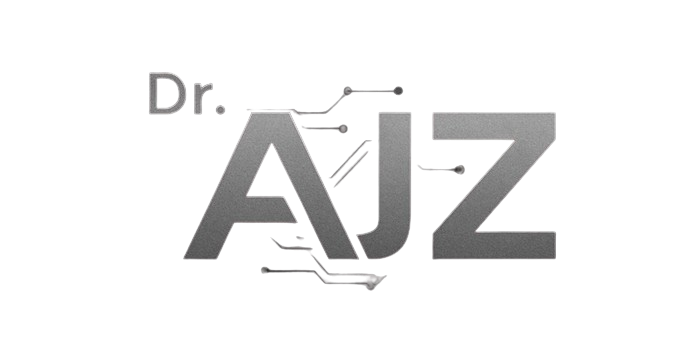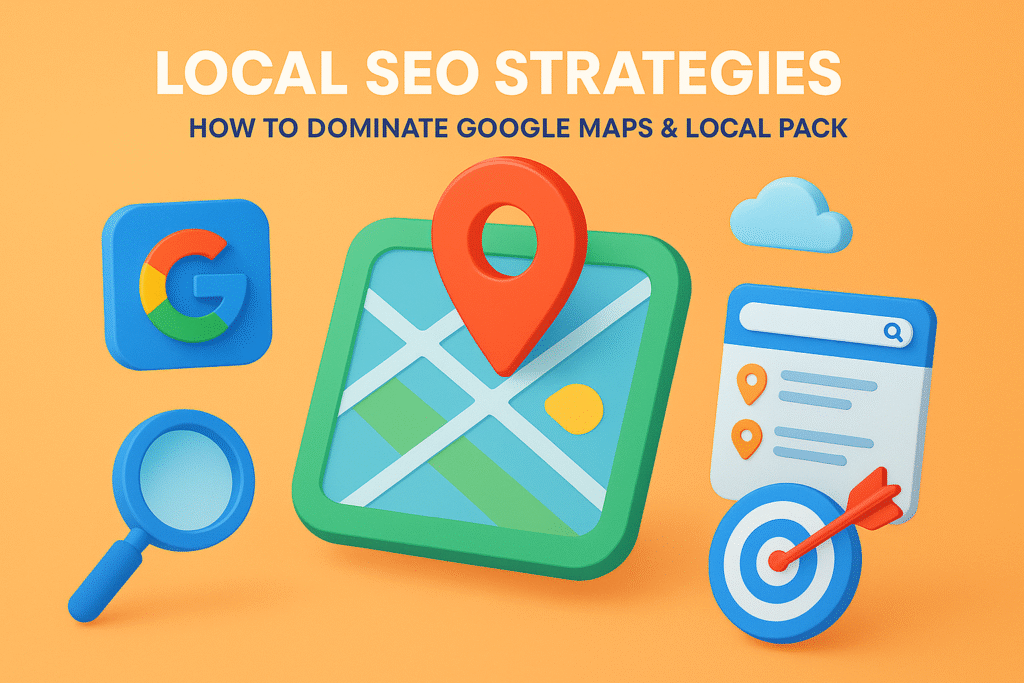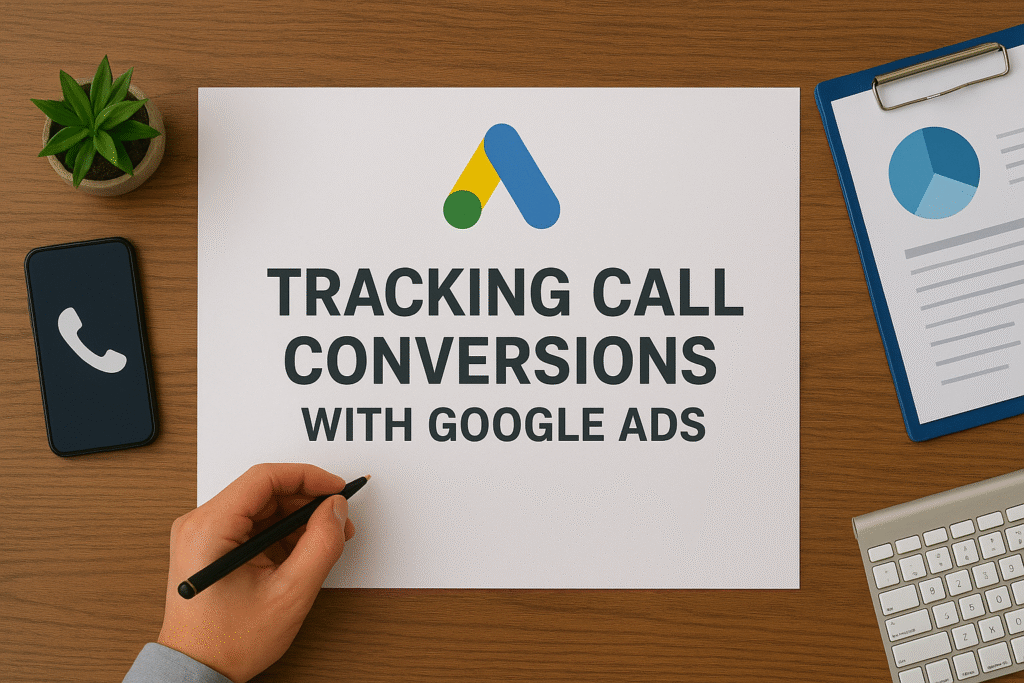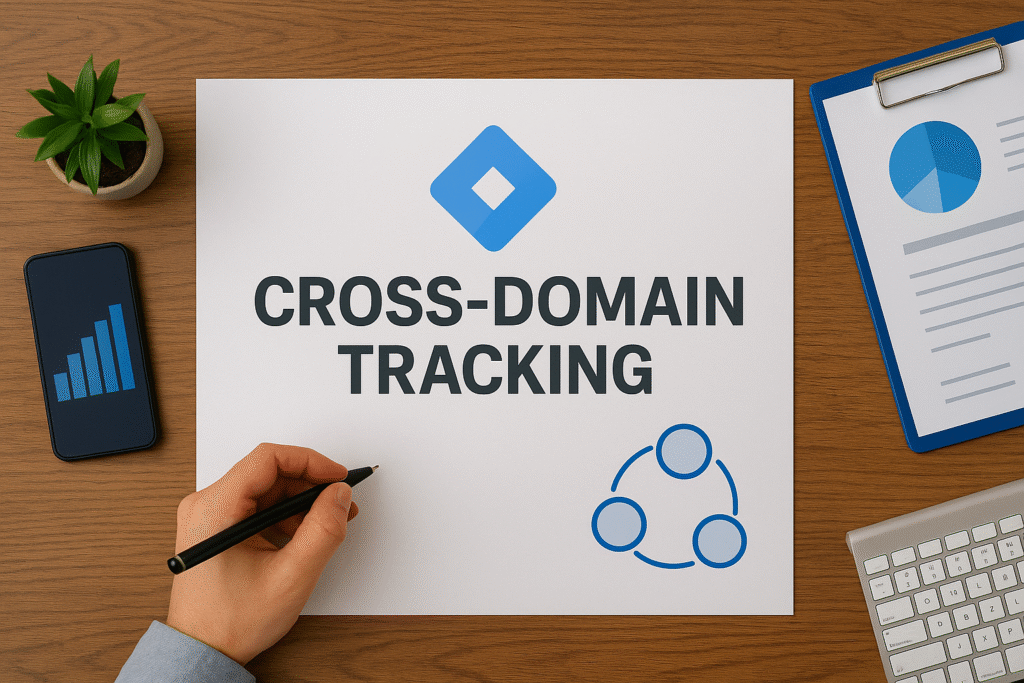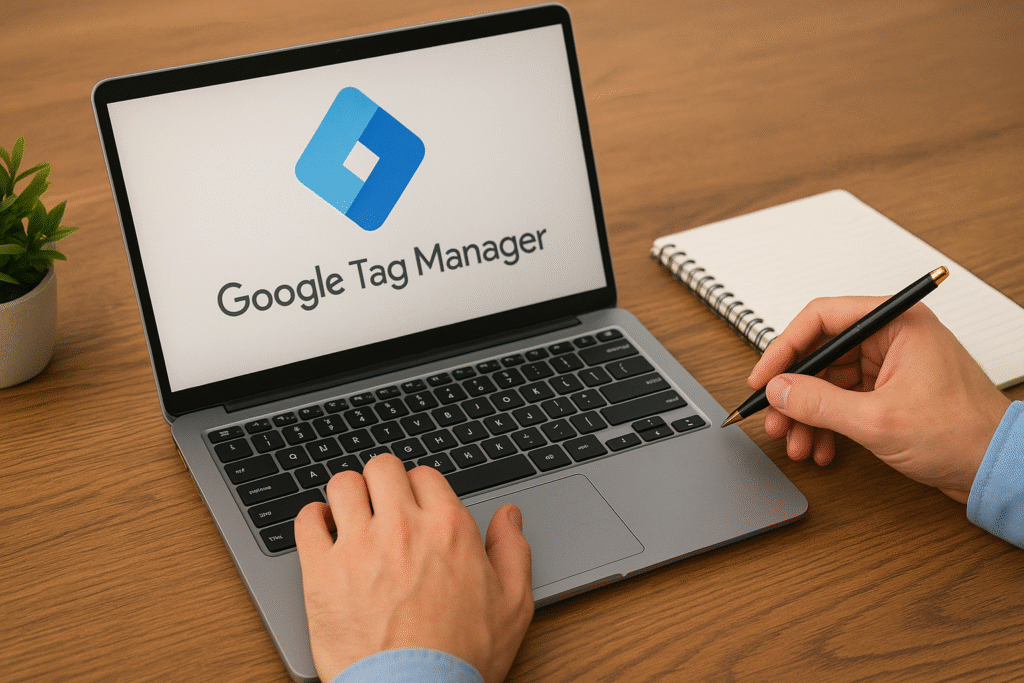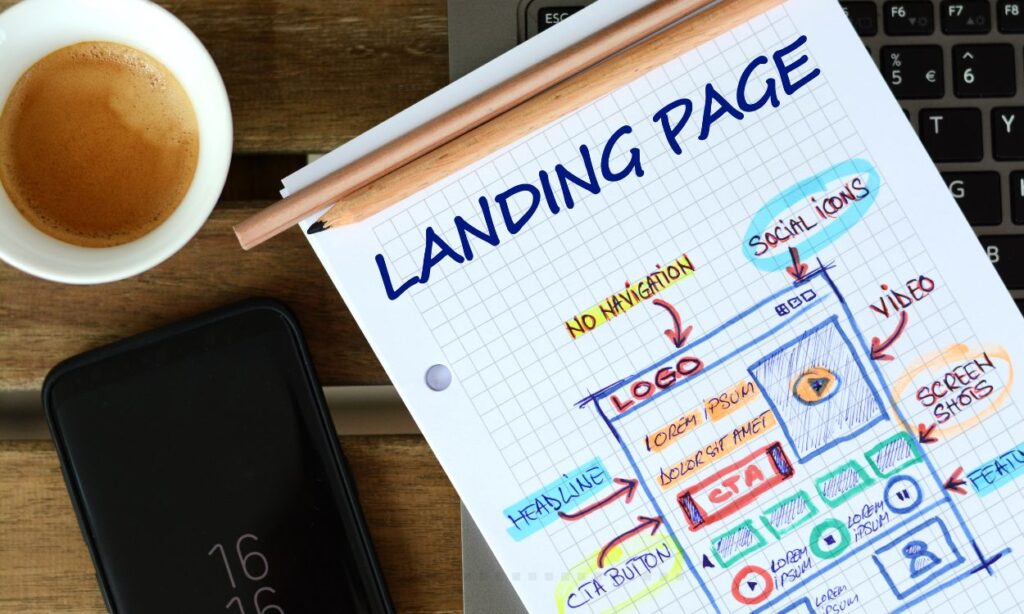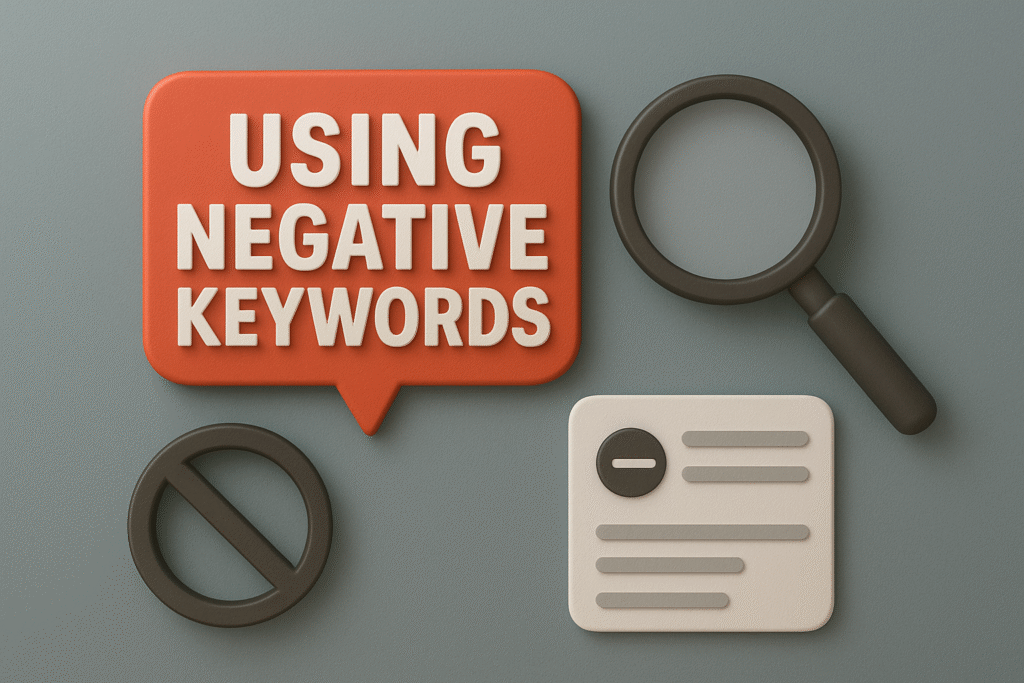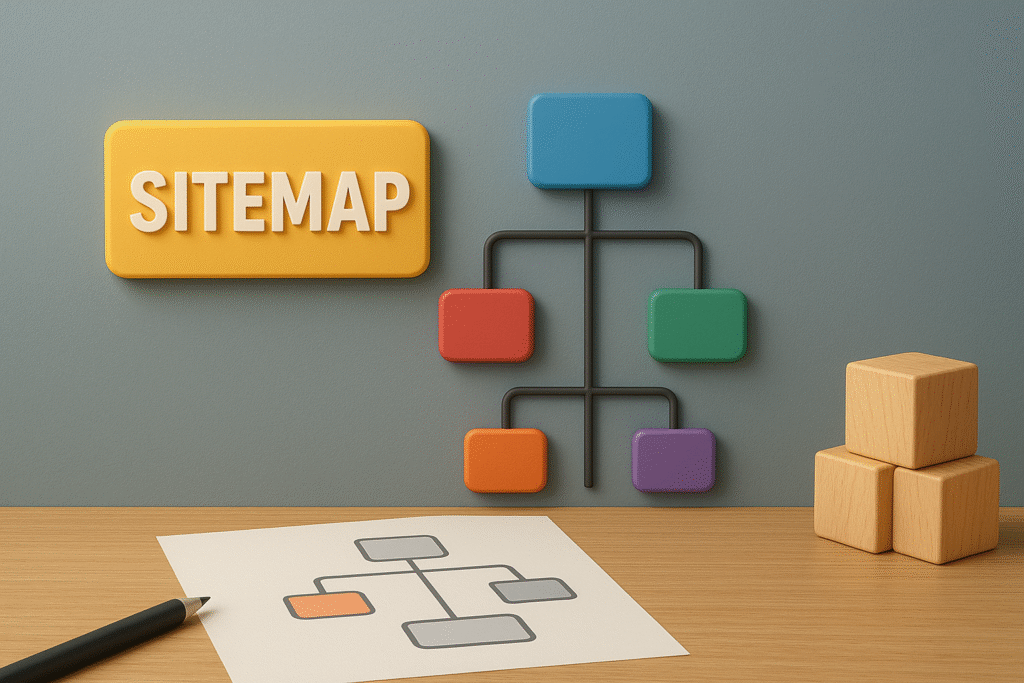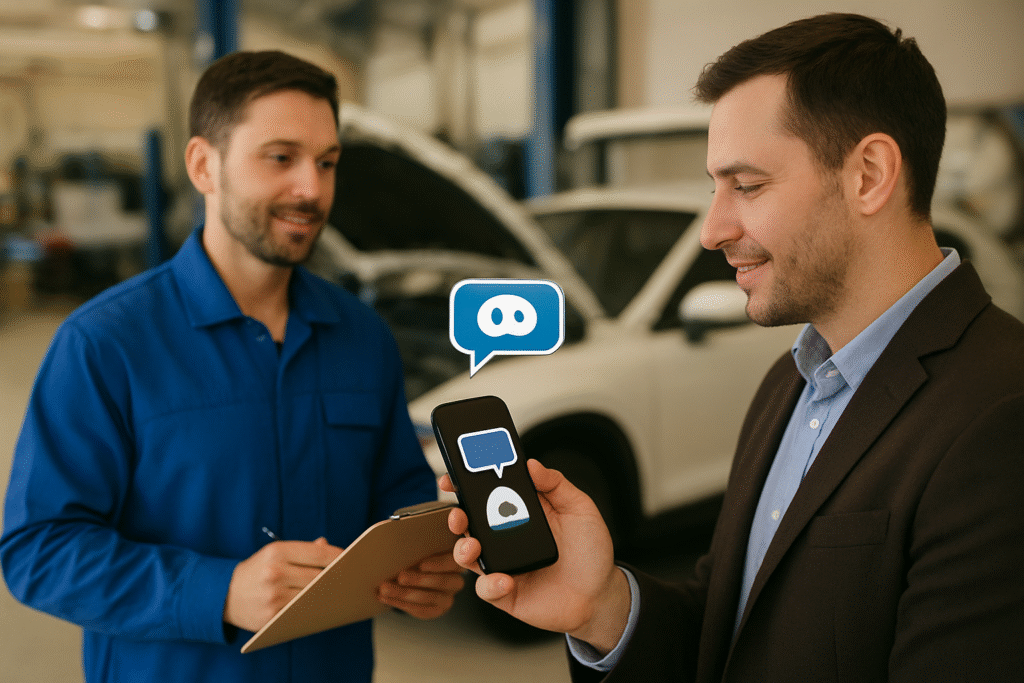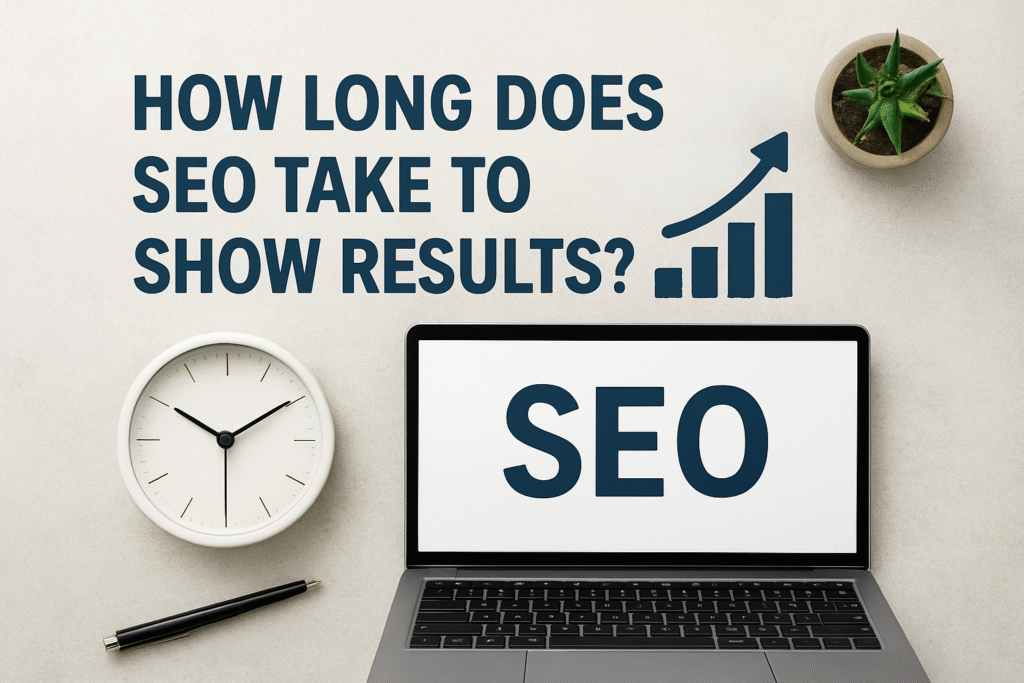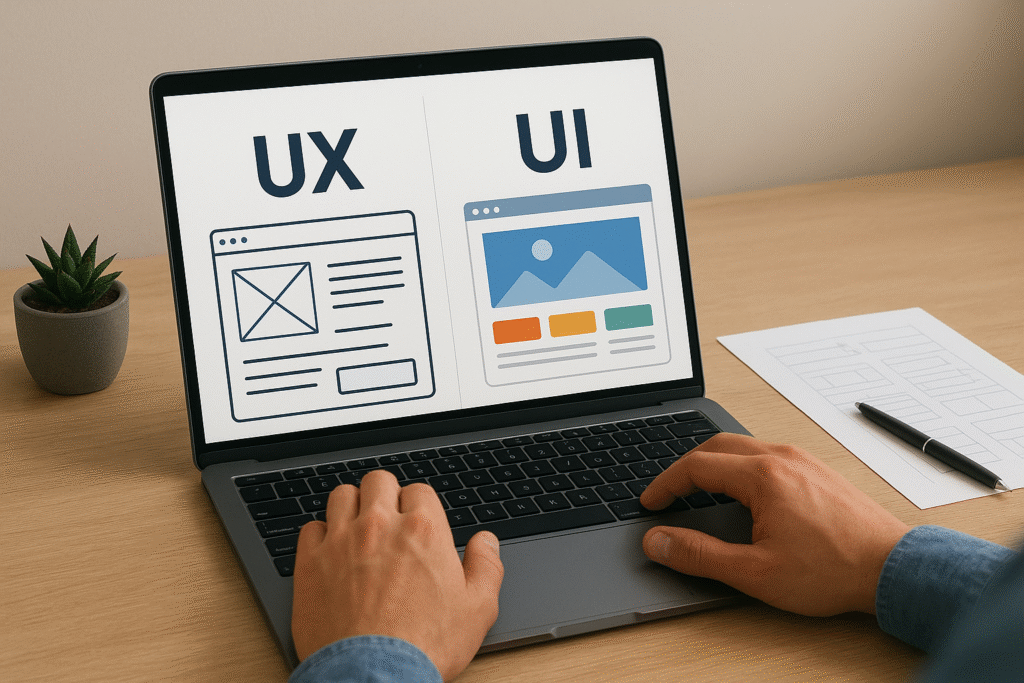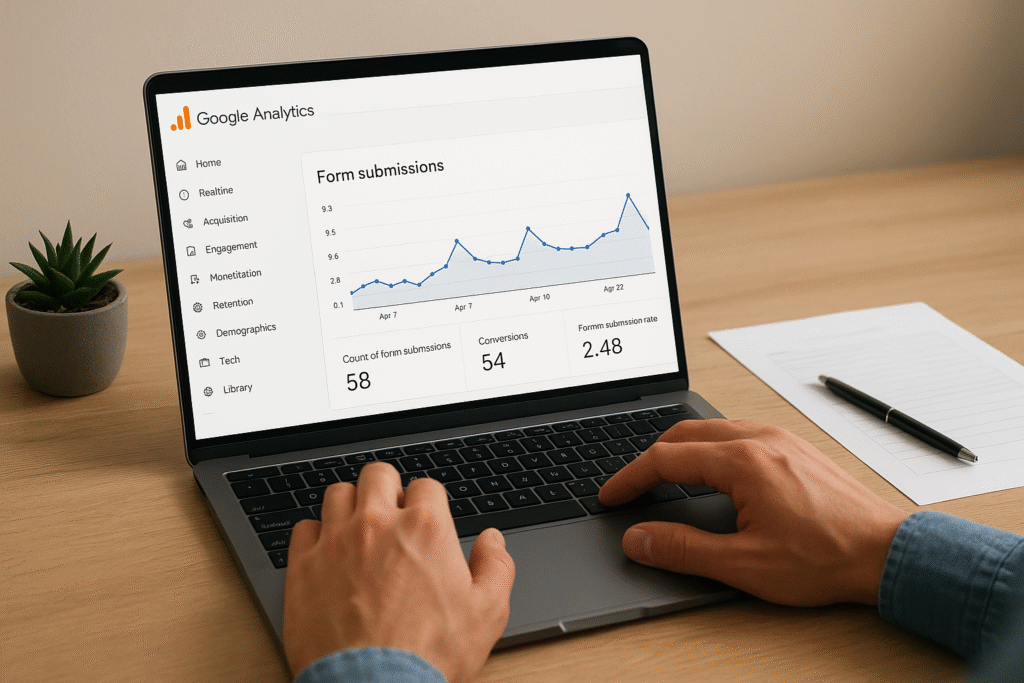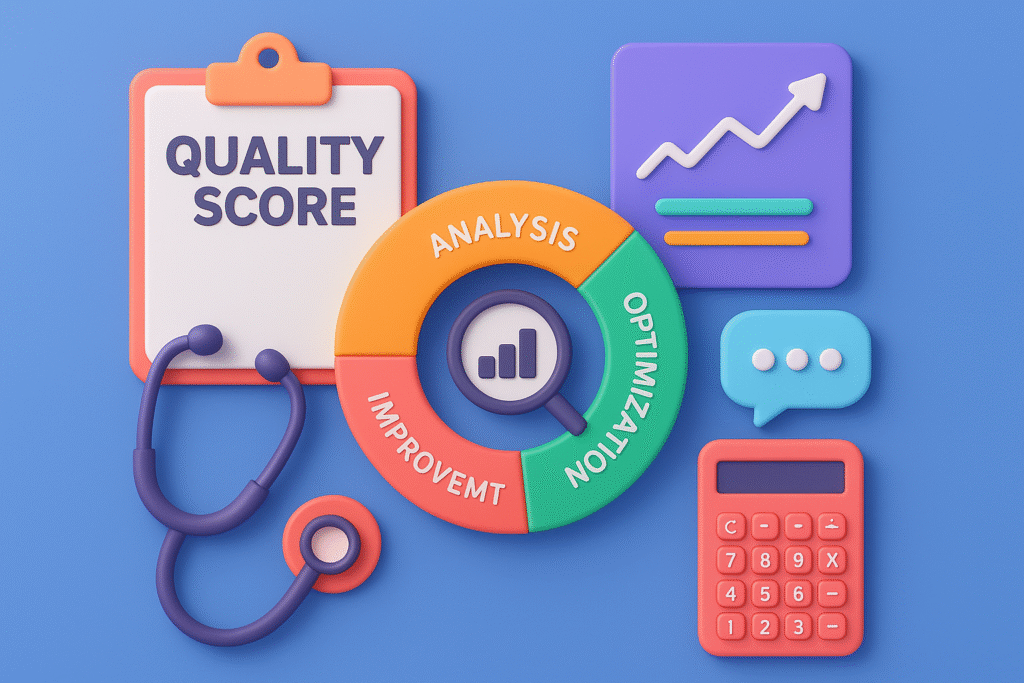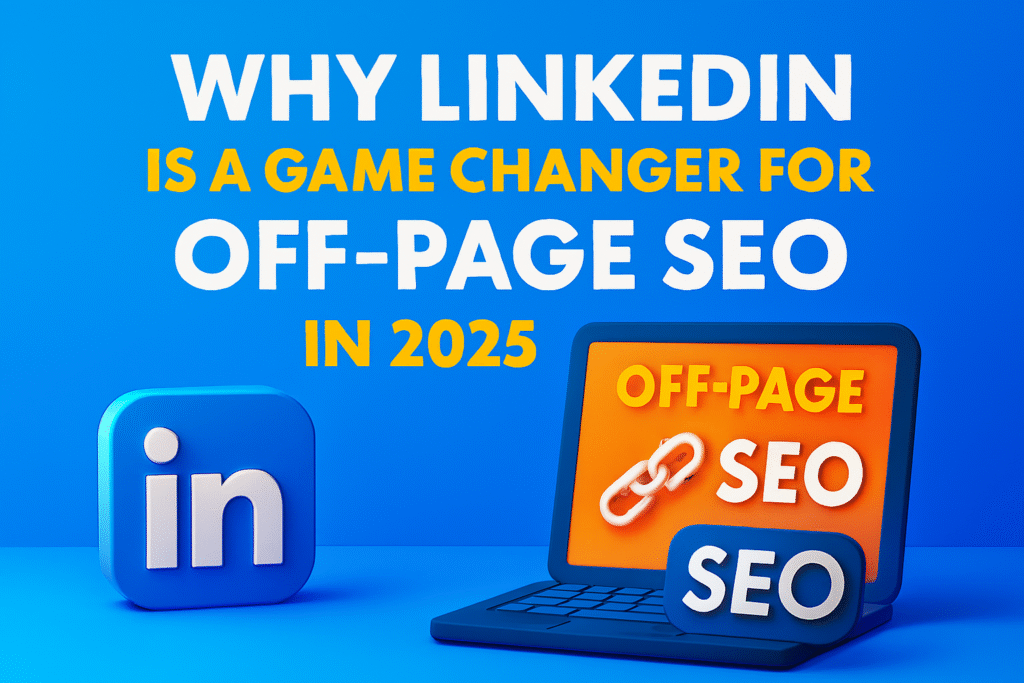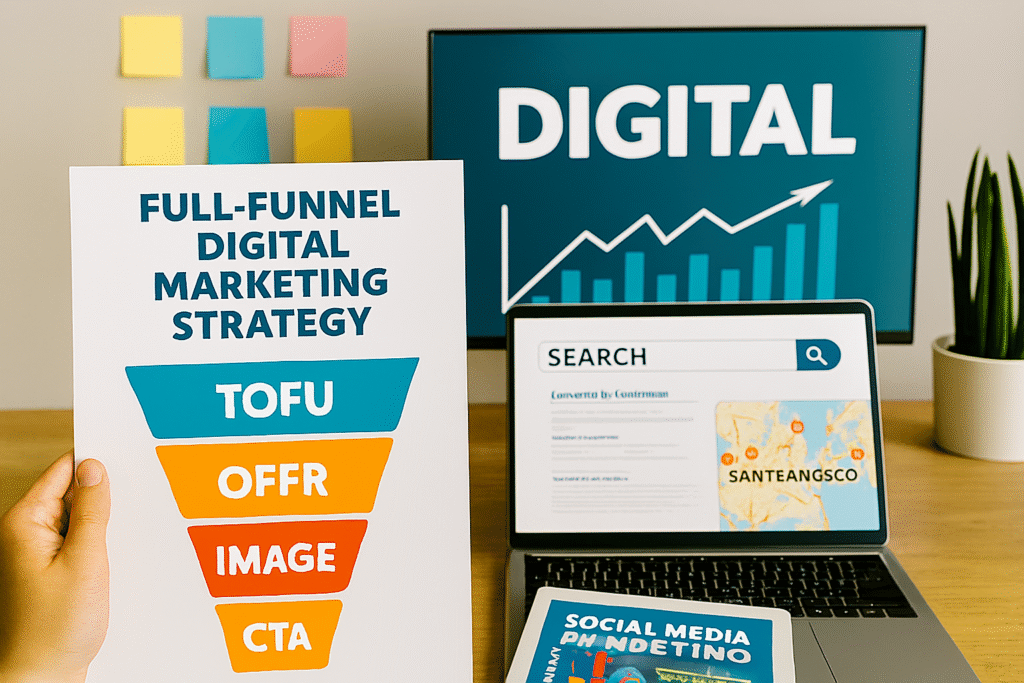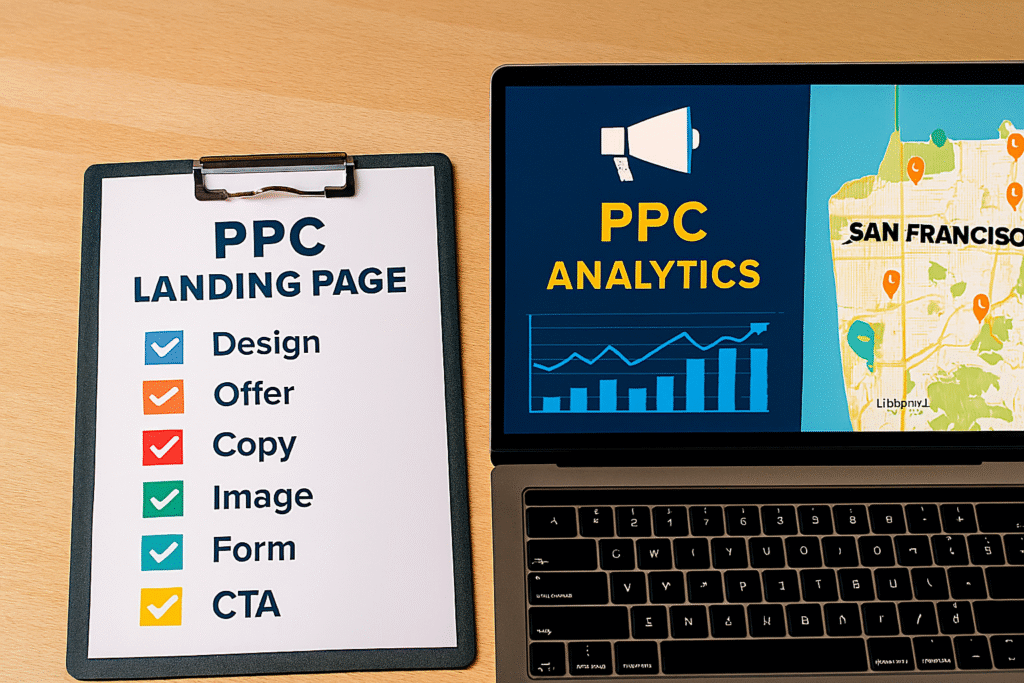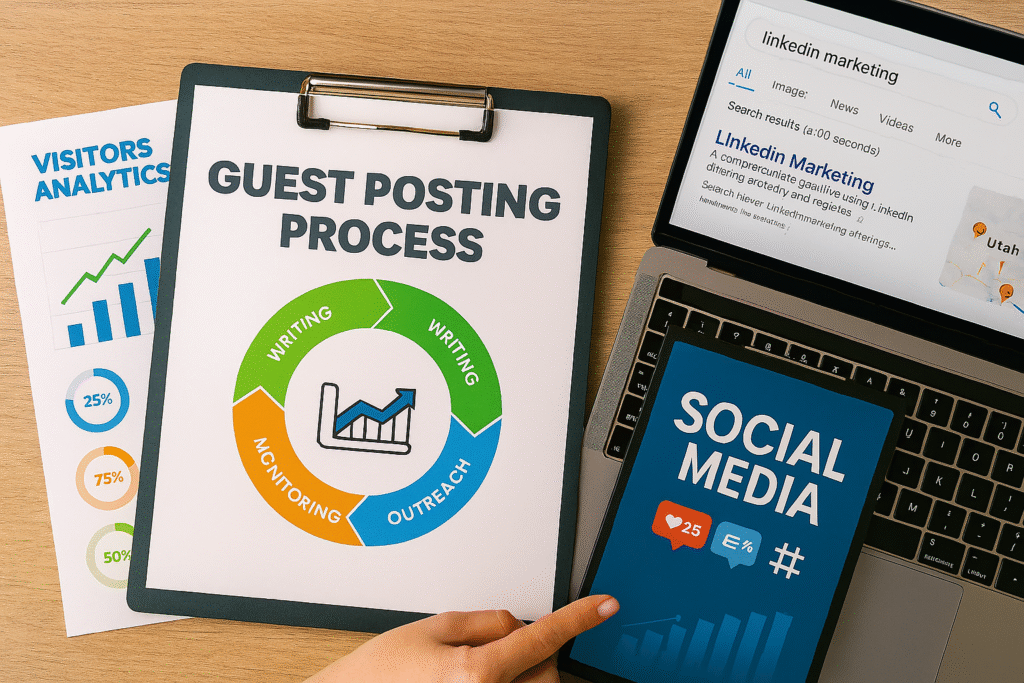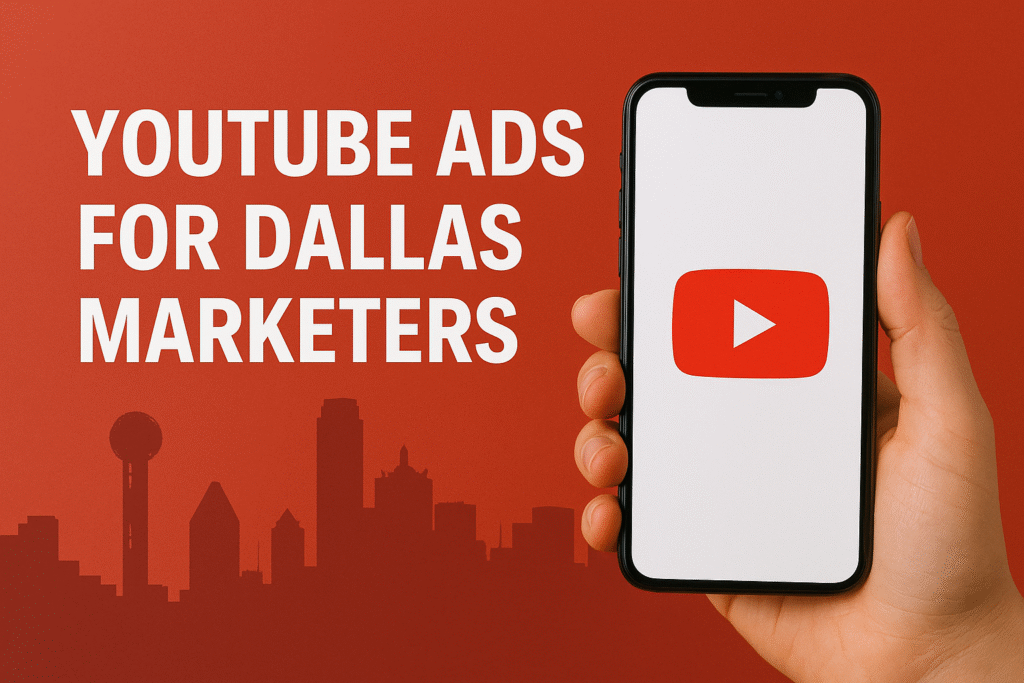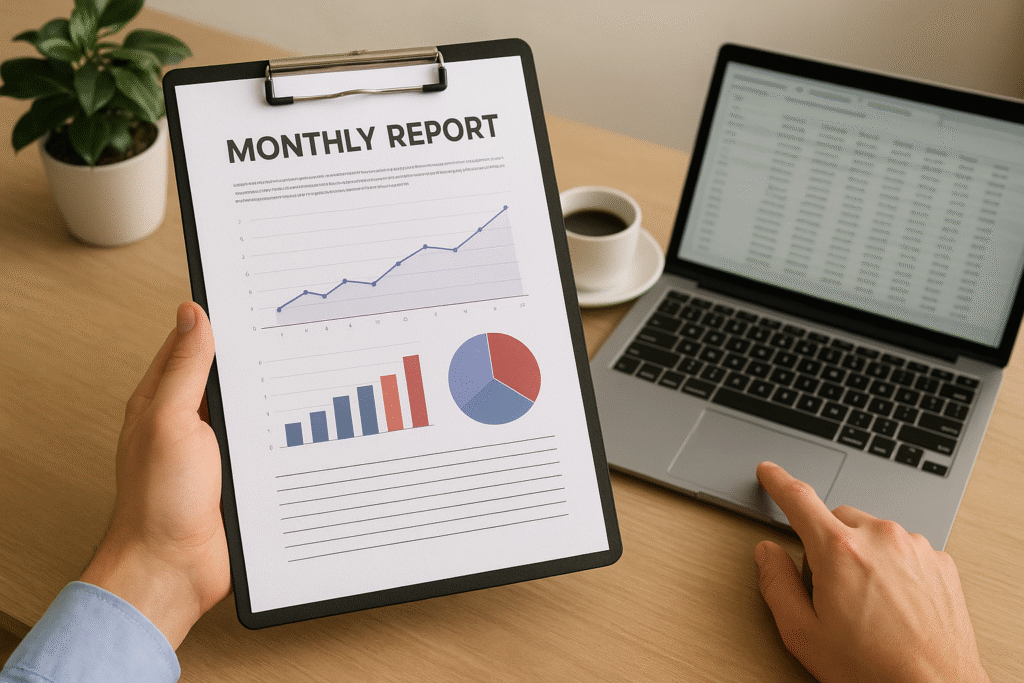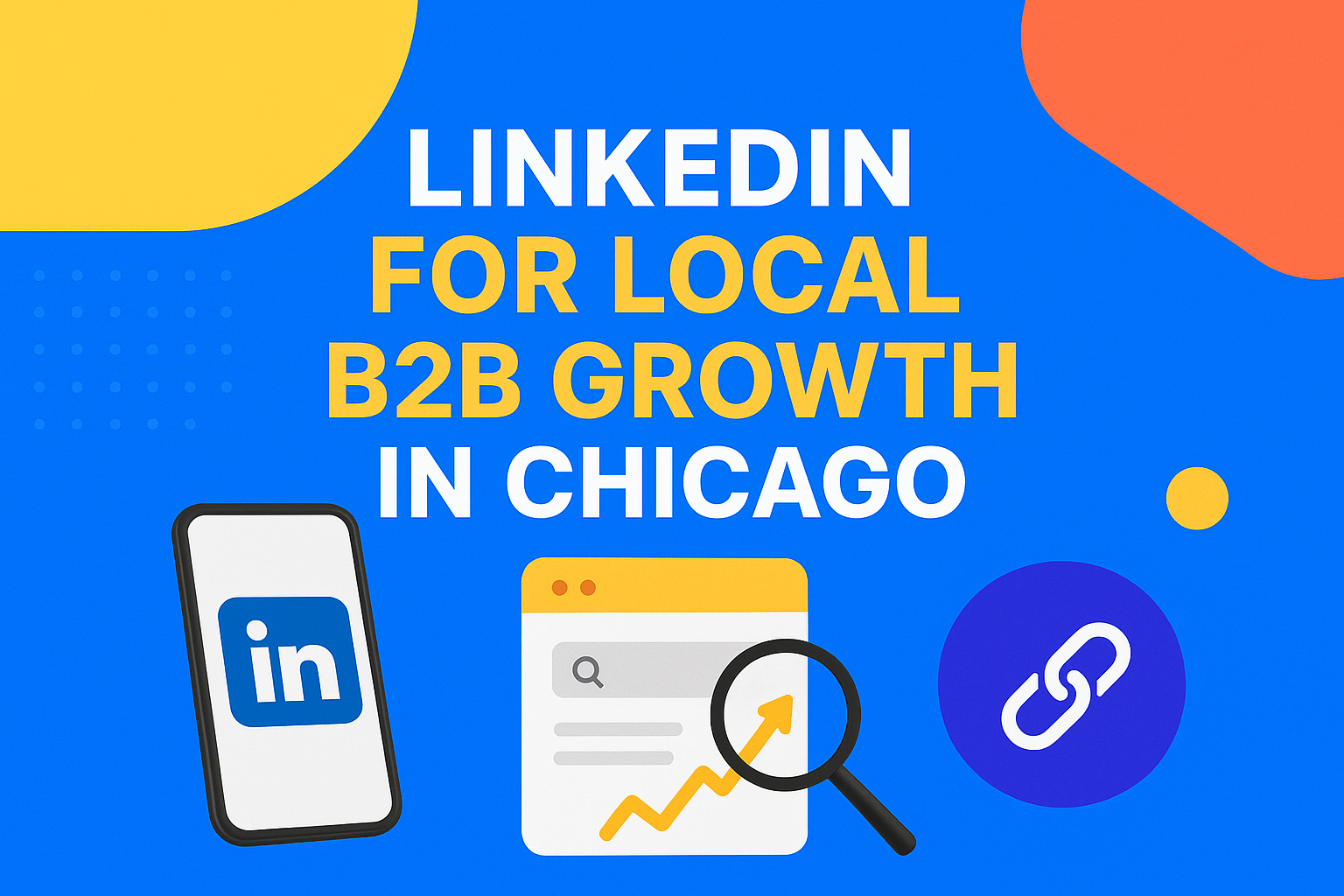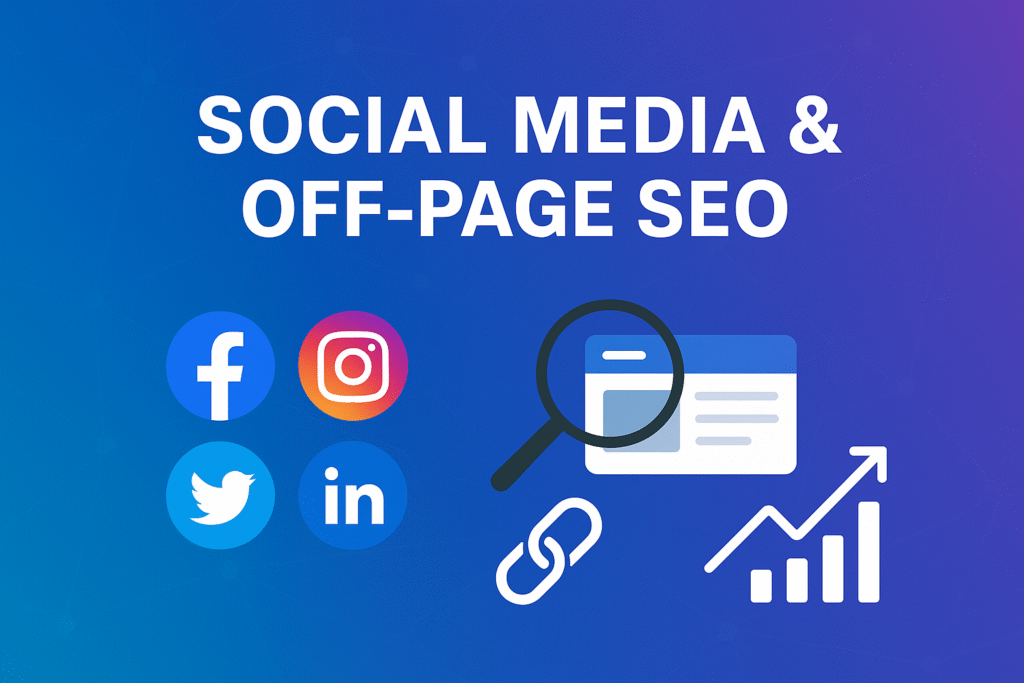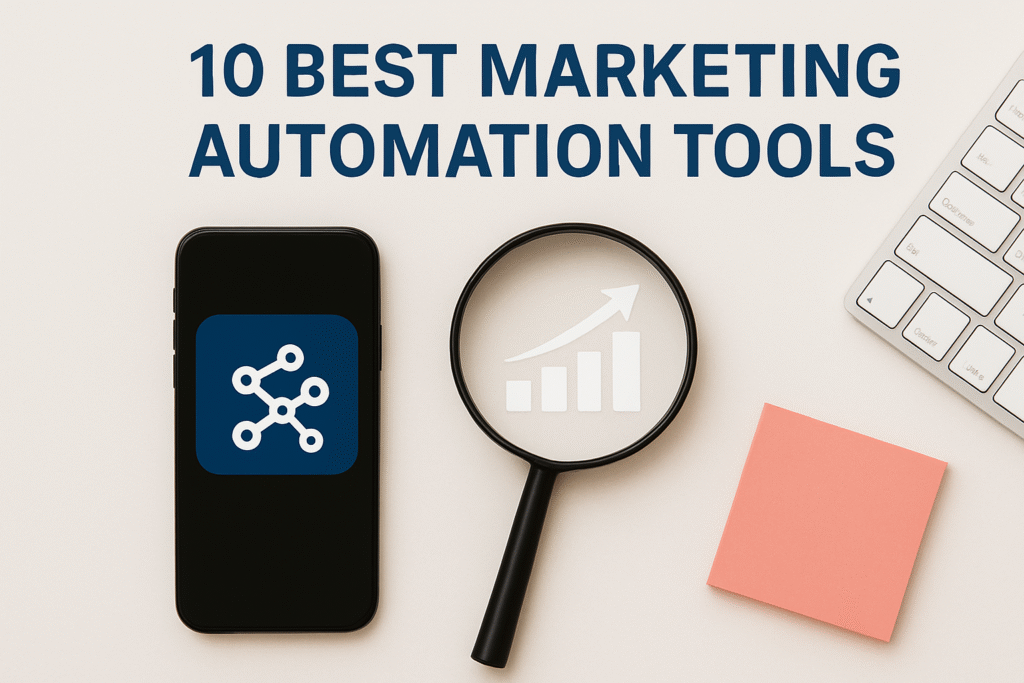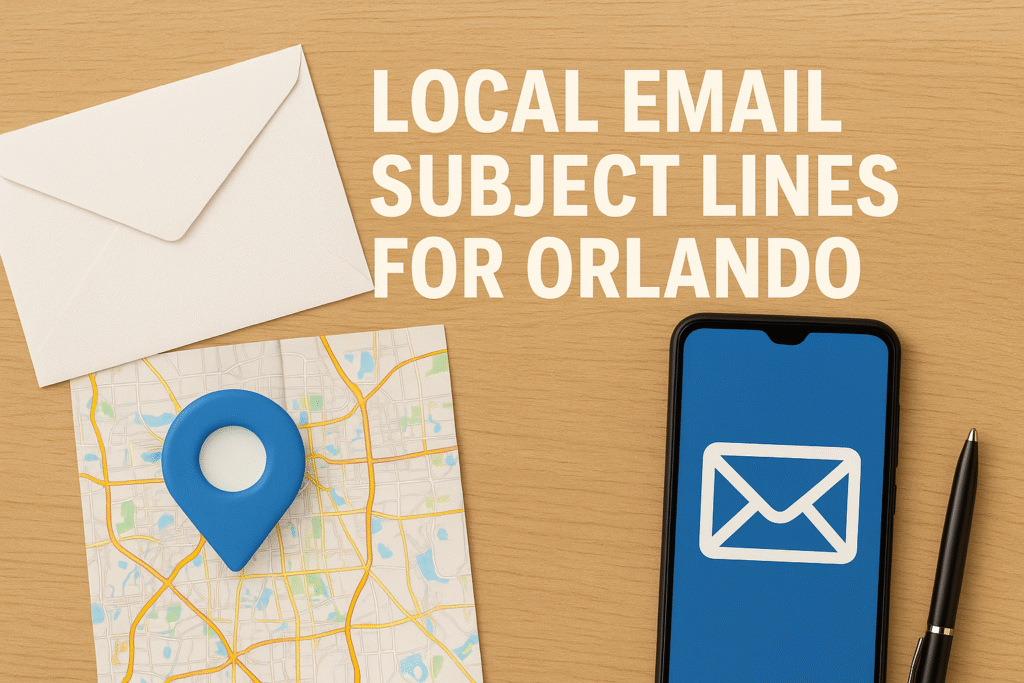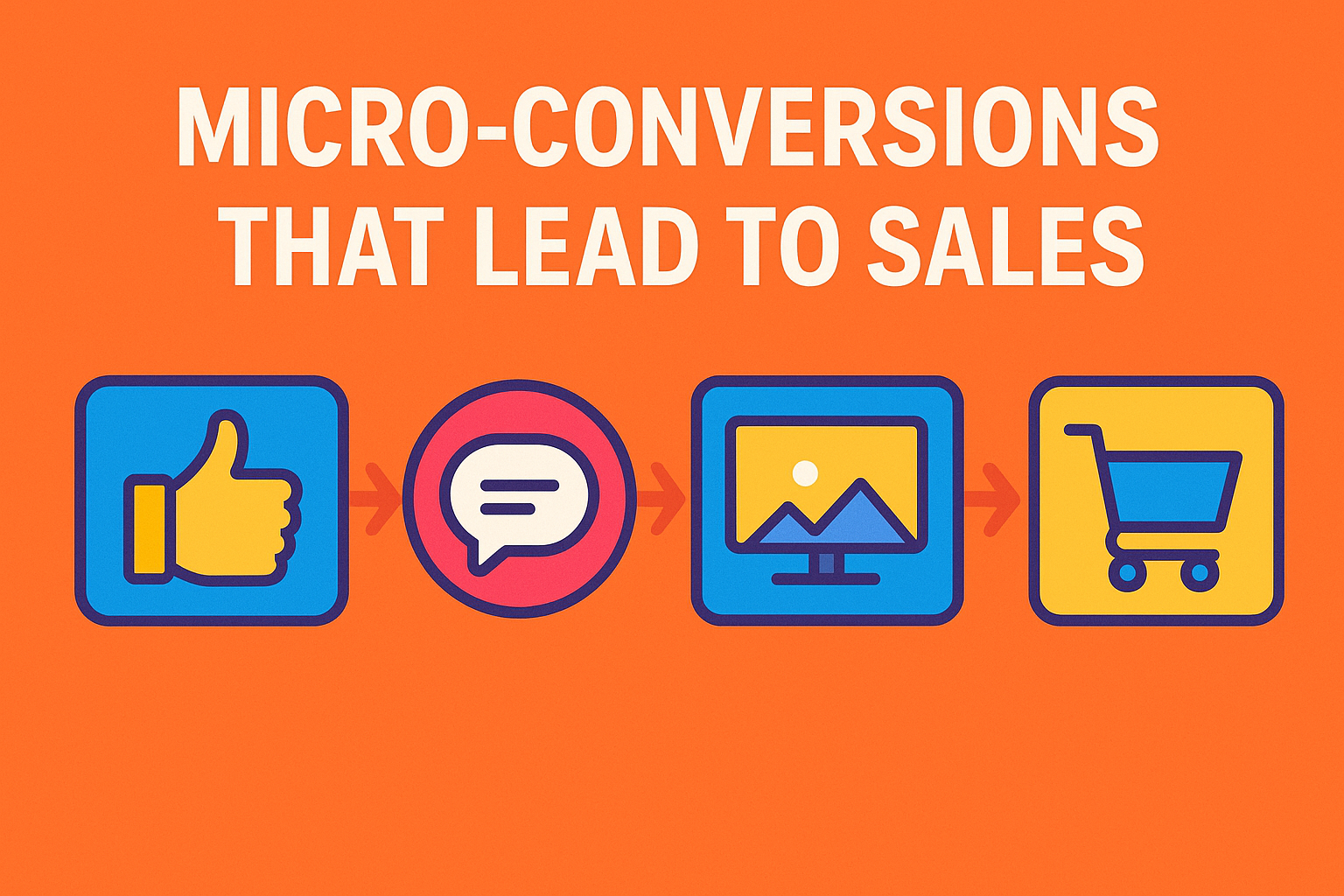Here’s What You’ll Learn in This Article
This blog reveals how Miami restaurants can use SMS and email automation to thrive during tourist season. You’ll learn how to map customer journeys, integrate POS systems, design high-converting campaigns, and segment audiences for personalized communication. It also covers review automation, performance tracking, and real-world results from a Miami seafood restaurant. With automation, restaurants can boost engagement, streamline operations, and drive repeat business effortlessly.
Introduction
If you manage a restaurant in Miami, you already know how chaotic tourist season can get. Between serving hundreds of guests, keeping reservations organized, and running promotions, it’s easy to lose track of follow-ups and customer engagement. That’s exactly why automation of SMS + email workflows for Miami restaurants during tourist season isn’t just smart—it’s essential.
“Stat: Restaurants using automated communication workflows see up to a 32% increase in repeat customers and a 26% boost in average order value.”
Source: Restaurant Dive
This blog breaks down how to set up, optimize, and scale automated communication strategies that keep Miami’s fast-moving diners engaged even after they’ve left your restaurant.
Why Automation Matters for Miami Restaurants
Miami’s tourism scene is unique—seasonal, fast-paced, and highly competitive. During peak season, restaurants compete not just on food quality but on experience and engagement. Automation helps restaurants:
- Reduce no-shows through automated SMS confirmations
- Keep guests engaged post-visit through follow-up emails
- Manage loyalty campaigns without manual effort
- Personalize communication at scale
Platforms like Klaviyo and Twilio now make automation accessible even for small local restaurants.
“Pro Tip: 70% of guests prefer receiving updates via SMS because it feels immediate and personal.”
Source: Statista
When set up properly, automation becomes your silent manager—handling marketing tasks so you can focus on service quality.
Understanding the Tourist Season in Miami
Miami sees major spikes in visitor traffic between November and April, driven by winter tourism, art events, and cruise stopovers. This influx brings opportunity but also operational challenges.
Without automation, restaurants rely heavily on staff to handle reservation confirmations, feedback requests, and promotional emails. During high volume months, manual marketing simply can’t keep up.
That’s where automation of SMS + email workflows for Miami restaurants during tourist season changes the game. It allows you to scale your communication in real time without burning out your team.
Step 1: Map Out Your Customer Journey
Before you automate anything, define your customer journey:
- Reservation Made → Trigger confirmation SMS
- Visit Completed → Send thank-you message and review link
- 3 Days Later → Offer discount for next visit
- End of Month → Send loyalty program or seasonal event invitation
Mapping this out ensures each message feels intentional rather than spammy.
Tools like HubSpot and ActiveCampaign make it easy to visualize these workflows and schedule touchpoints automatically.
Step 2: Integrate SMS and Email Platforms with Your POS
For automation to work efficiently, your marketing tools must sync with your POS or reservation system.
Popular integrations include:
- Toast POS + Klaviyo: Syncs customer emails and visit data automatically.
- Square + Twilio: Automates SMS confirmations and thank-you messages.
- OpenTable + Mailchimp: Collects reservation data for segmented follow-up emails.
“Stat: Businesses using integrated CRM systems experience 23% faster marketing execution cycles.”
Source: Salesforce
When data flows seamlessly between systems, you can send timely, personalized messages that feel genuine rather than automated.
Step 3: Build Your SMS Campaigns for Tourists
SMS remains one of the highest-performing communication channels for restaurants. Tourists—often on the go—check texts faster than emails.
Examples of high-conversion SMS messages:
- Reservation Confirmation: “Your table at Ocean Grille is confirmed for 7:00 PM tonight! We look forward to serving you.”
- Post-Visit Follow-Up: “Thank you for dining with us! Leave a review and get 10% off your next visit.”
- Limited-Time Offer: “Enjoy Miami Spice Season! 2-for-1 cocktails this weekend at Ocean Grille.”
Use platforms like EZ Texting or SimpleTexting to automate sequences and track delivery rates.
“Pro Tip: SMS open rates hover around 98%, compared to just 20% for emails.”
Source: Campaign Monitor
Step 4: Design High-Conversion Email Workflows
While SMS grabs immediate attention, email automation builds long-term engagement.
Your email automation should include:
- Welcome Sequence: For first-time diners or newsletter subscribers
- Post-Visit Thank You: Include review and referral CTAs
- Re-Engagement Series: For past visitors who haven’t returned in 30+ days
- Seasonal Promotions: Target tourists planning future visits
Using tools like Mailchimp or ConvertKit, you can create templates that automatically adjust based on customer behavior.
“Stat: Personalized automated emails generate 6x higher transaction rates.”
Source: Experian Marketing Services
Step 5: Segment Your Audience for Better Targeting
Not every guest should receive the same message. Segment your contact list based on:
- Tourists vs. Locals: Offer loyalty programs to locals and limited-time offers to tourists.
- Visit Frequency: Reward regulars with exclusive perks.
- Spending Behavior: Target high-value customers with VIP deals.
- Feedback Score: Re-engage dissatisfied customers with recovery offers.
Platforms like Klaviyo Segments help refine this process using automated rules.
“Pro Tip: Segmented automation campaigns deliver 760% higher revenue than non-segmented ones.”
Source: Campaign Monitor
Step 6: Automate Review Requests
Reviews are critical for Miami’s competitive restaurant scene. Automating review requests through email or SMS ensures consistent feedback collection without staff intervention.
Example workflow:
- 1 hour after checkout → Thank-you SMS
- 24 hours later → Email with Google Maps or Yelp review link
- 5 days later → Follow-up for non-responders
Use Birdeye or Podium to manage reviews efficiently.
“Stat: 94% of diners read online reviews before choosing a restaurant.”
Source: TripAdvisor Insights
Step 7: Measure and Optimize Results
The beauty of automation lies in measurable results. Use dashboards within your email and SMS platforms to monitor:
- Open rates
- Click-through rates
- Conversion rates
- ROI per campaign
Integrate analytics into Google Analytics 4 for deeper insights into traffic and conversion performance.
“Pro Tip: Review your automation metrics weekly to identify underperforming campaigns and A/B test message content.”
Source: HubSpot Academy
Step 8: Combine Automation with Personalization
Automation doesn’t mean losing the personal touch. The most successful Miami restaurants use automation to enhance personalization—like sending birthday messages or remembering dietary preferences.
For example, if a customer orders vegan meals twice, the next campaign highlights your new vegan brunch menu. Tools like Customer.io can dynamically personalize automated messages using behavioral data.
Case Study: A Miami Seafood Restaurant’s Success Story
A well-known Miami seafood restaurant implemented automation of SMS + email workflows for Miami restaurants during tourist season using Klaviyo and Twilio.
They launched a 3-step automated workflow:
- SMS for same-day reservations
- Follow-up email for reviews
- Monthly re-engagement newsletter
Results after three months:
- 29% increase in repeat bookings
- 18% rise in total revenue
- 45% more online reviews
Automation not only saved time but created consistent engagement that turned first-time diners into loyal patrons.
Final Thoughts
In Miami’s fast-moving restaurant scene, efficiency and engagement define success. By adopting automation of SMS + email workflows for Miami restaurants during tourist season, you can manage customer relationships at scale, keep tourists connected, and maintain consistent revenue even when your tables are full.
The key isn’t just to automate—it’s to automate with strategy, personalization, and ongoing optimization.
Frequently Asked Questions (FAQs)
1. Why is automation important during Miami’s tourist season?
Because visitor volume spikes and manual communication becomes inefficient. Automation ensures every customer receives timely, personalized communication.
2. What platforms are best for SMS and email automation?
Klaviyo, Twilio, HubSpot, and Mailchimp are top choices for restaurants.
3. How can restaurants personalize automated messages?
Use customer data like visit history, dietary preferences, and booking frequency to tailor content.
4. Can small restaurants afford automation tools?
Yes. Many tools offer free or low-cost tiers suitable for small businesses.
5. How do I measure automation success?
Track open rates, conversions, and repeat visit frequency in your email/SMS dashboard and GA4 reports.
6. Does automation replace staff communication?
No. It enhances it by freeing staff from repetitive tasks while ensuring no customer touchpoint is missed.
